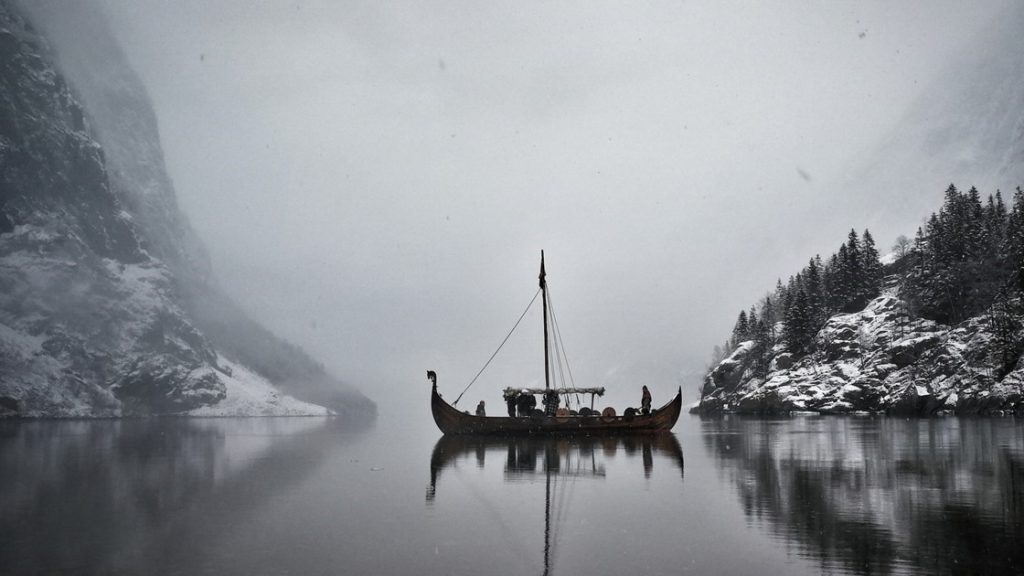Location

Malaysia’s capital is Kuala Lumpur. East Malaysia and Peninsular Malaysia are the two distinct halves of the nation of Malaysia, which is made up of two distinct landmasses. About a 500-mile gap separates the two territories, which are divided by the South China Sea (Andaya & Andaya, 2017).
Language
Malay, often known as Bahasa Malaysia, is the language of both official and national use in Malaysia. It is considered to be “the cornerstone for national cohesion (Andaya & Andaya, 2017).” The government of Malaysia, on the other hand, acknowledged the significance of English as a global language and said that “steps would be made to guarantee that English is taught as a robust second language.”
Climate

The weather in Malaysia may be described as tropical. The average annual temperature in Malaysia is 25.4 degrees Celsius. There is just a one degree Celsius difference between the lowest temperature recorded in January (24.9 degrees Celsius) and the highest temperature recorded in May (25.9 degrees Celsius), indicating that the average monthly temperature experiences only a moderate amount of seasonal variation (Andaya & Andaya, 2017). The months of April, May, and June have the highest average temperatures throughout the year.
History
Stone Age hunters and gatherers were the first humans to settle in what is now Malaysia. They came about 8,000 B.C. at the earliest. Later Stone Age farmers arrived in Malaya and pushed them out of the region (Andaya & Andaya, 2017). The farmers used a kind of cultivation known as slash and burn. They used fire to clear a section of the rain forest, and then they planted crops there. The land would become barren after a few years, at which point the farmers would move on to a new region and begin clearing it. On the other hand, after a short period of time, the formerly barren land would once again be covered with flora and become fruitful.
Around 1000 BC, farmers who worked with metal first arrived in Malaysia. They crafted their weapons out of bronze and iron, and they established their communities on the seashore and in river valleys (Andaya & Andaya, 2017). They supported themselves in part by fishing and in part by cultivating crops. In Malaysia, the formation of centralized states occurred in the second and third centuries after the Common Era (AD). The northern city of Kedah was the most powerful. The Malayan people developed into a highly sophisticated people (Andaya & Andaya, 2017).
India had a significant impact on the development of Malayan civilisation. (Starting in the third century AD, Malay traders traveled to India to do business. After then, interaction with India became more frequent. Indian influence may be seen in Malayan literature and legislation. At around the same time, Buddhism and Hinduism were brought to Malaya from neighboring Southeast Asian countries.




